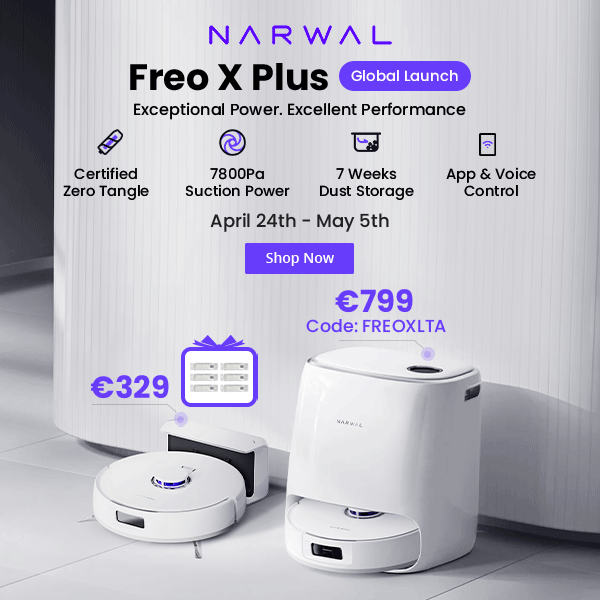In exploring the wonderful world of 3D printing, the choice of filaments is undoubtedly one of the key factors affecting the printing results. Desktop 3D printers have become the preferred tool for individual enthusiasts, designers, and educators due to their convenience and flexibility. However, faced with the dazzling array of filaments on the market, many users may ask, “What is the best desktop 3D printer consumable?” This article will take you through the characteristics, advantages and disadvantages of various filaments, as well as their performance in different application scenarios, helping you find the most suitable printing material for your needs.
Introduction to Filaments Types

Please note that the specific print temperature and hot bed temperature may vary depending on the material brand and printer model, so you should consult the specific material data table or test to determine the best setting before printing.
|
Material type
|
Advantages
|
Disadvantages
|
Nozzle temperature
|
Hot bed temperature
|
|---|---|---|---|---|
|
PLA (Polylactic Acid)
(The most commonly used filaments in FDM 3D printers, suitable for beginners to use )
|
|
Strength and heat resistance are not as good as ABS, and it is easy to warp without a heating bed
|
200 ° C to 220 ° C
|
50 ° C to 60 ° C
|
|
Tough PLA
|
Stronger than standard PLA, with better impact strength
|
Printing difficulty is slightly higher
|
Around 210 ° C
|
20°C-60°C
|
|
PLA+
|
Higher strength and heat resistance
|
Print settings may require finer adjustments
|
210°C-230°C
|
20°C-60°C
|
|
Wooden PLA
|
With a wooden appearance and texture
|
It may require higher temperatures and finer adjustments
|
210°C-230°C
|
20°C-60°C
|
|
Metal PLA
|
With a metallic appearance and texture
|
Higher temperatures and finer adjustments
|
210°C-230°C
|
20°C-60°C
|
|
PETG (Polyethylene Terephthalate Glycol)
|
|
|
220 ° C to 250 ° C
|
50 ° C to 80 ° C
|
|
ABS (Acrylonitrile Butadiene Styrene)
|
|
|
210 ° C to 250 ° C
|
80 ° C to 110 ° C
|
|
TPU
|
Excellent elasticity and flexibility
|
Printing is difficult and easy to clog the nozzle
|
210 ° C to 230 ° C
|
30 ° C to 60 ° C
|
|
Nylon (PA)
|
Good toughness and wear resistance
|
Easy to absorb moisture, may affect print quality and performance
|
240 ° C to 270 ° C
|
50 ° C to 70 ° C
|
|
Carbon fiber carbon fiber
|
|
|
190°C-220°C
|
0-60°C
|
|
ASA
|
|
|
240°C-260°C
|
90°C-110°C
|
|
PVA (Polyvinyl Alcohol)
|
|
|
180 ° C to 220 ° C
|
45 ° C to 60 ° C
|
|
Resin
|
|
|
210 ° C to 250 ° C
|
Usually no heating bed is required
|
Filaments Storageand Maintenance
All filaments will absorb moisture from the air, affecting print quality, so they need to be stored properly in a dry place. For some filaments with strong moisture absorption, such as PETG, special attention should be paid to moisture prevention.
Storage of Filaments
Temperature control: Most 3D printing materials should be stored in an environment of 5 ℃ -30 ℃.
Moisture-proof measures: Due to the sensitivity of certain materials such as nylon and fiber materials to humid environments, it is recommended to use sealed bags, sealed containers, or moisture-absorbing packages to prevent moisture.
Dust prevention measures: Printing materials are easily contaminated by dust and dirt. It is recommended to store them in sealed bags or containers and wipe them clean before use.
Maintenance of Filaments
Regular inspections: Regularly inspect 3D printing materials to ensure that they have not been damaged or deteriorated, especially aging materials such as flexible materials and resins.
Environmental control: In addition to controlling storage temperature and humidity, materials should also be avoided from being stored in direct sunlight to prevent material degradation.
Identification and Salvage of Filaments
Identify whether the filaments are damp: check whether the filaments are extruded evenly, whether there are abnormal spots or bubbles, whether the layer adhesion of the components has decreased, and whether the printed model surface is blurred or has complex textures.
Save damp filaments: Use an oven or food dehydrator to dry and evaporate the moisture.
Specific Storage Solutions
Keep in original packaging: For reusable packaging, make sure to return the reel and dry package to the original packaging after printing is complete.
Use sealed bags for storage: Avoid using slider bags with insufficiently wide openings, as larger bags may be required for thicker filaments.
Vacuum bag resealing: Use a vacuum sealing machine and a vacuum sealing bag to remove external air and moisture.
Use a dedicated consumable drying box: Moisture-proof boxes can help dry and heat filaments, prevent moisture and dust, and have strong compatibility.
Conclusion
No consumable can be suitable for all scenarios. The so-called “best” is actually relative, depending on your specific needs and application goals. Whether it is pursuing environmentally friendly PLA, requiring high-strength ABS, or seeking flexibility in TPU, each material has its unique advantages and limitations. Choosing the right consumable can not only improve printing quality, but also broaden your creative horizons. Therefore, when choosing filaments, it is recommended that you consider the specific requirements of the printing project, budget constraints, and personal preferences comprehensively. Ultimately, through practice and experience accumulation, you will be able to master which consumable is most suitable for your desktop 3D printer and how to maximize its potential. Let’s continue to explore the infinite possibilities of 3D printing and turn creativity into reality with the right filaments.


